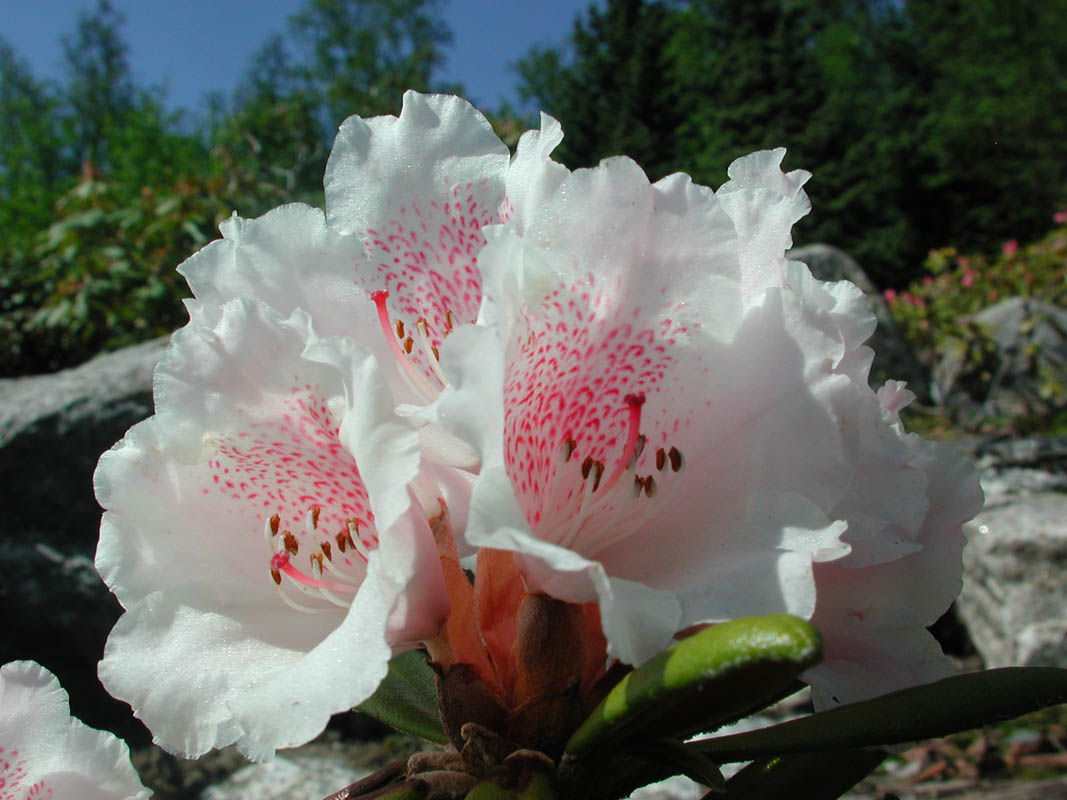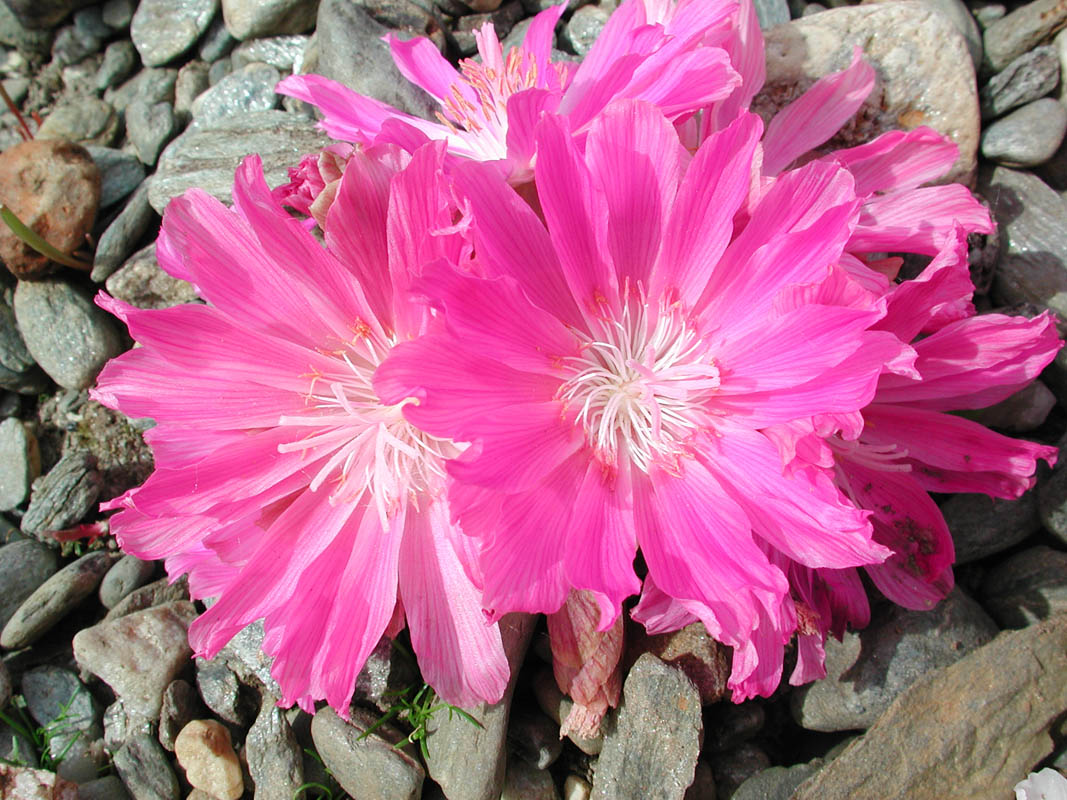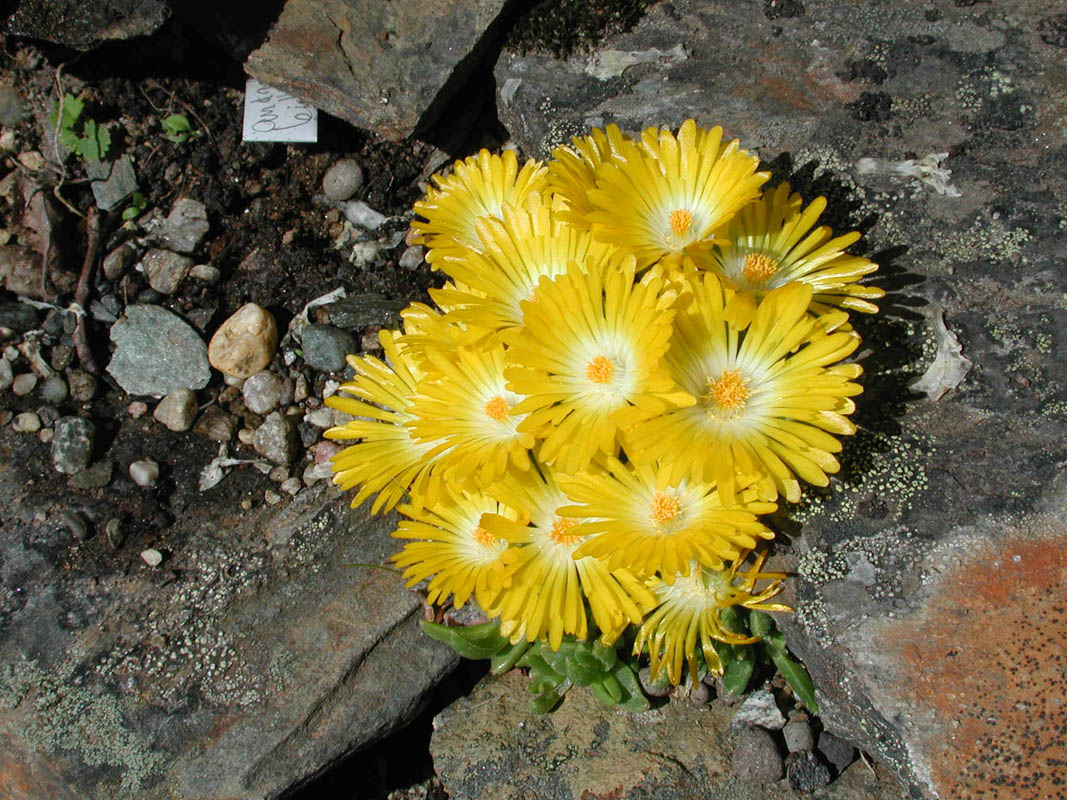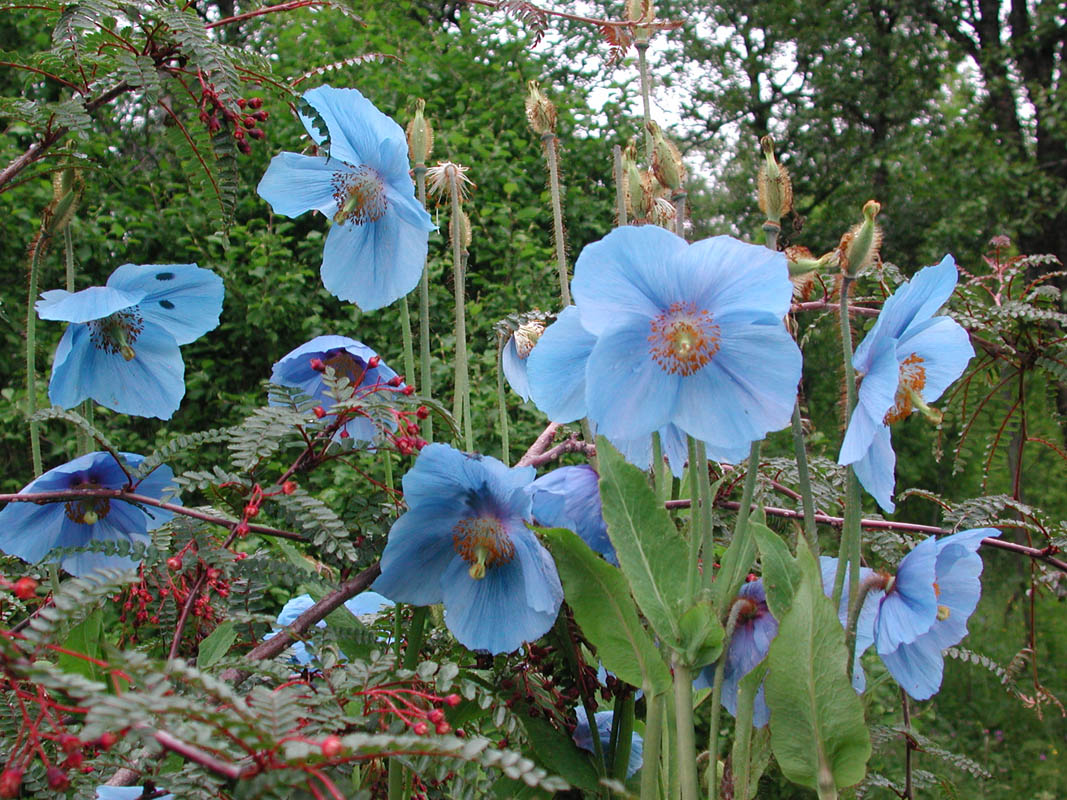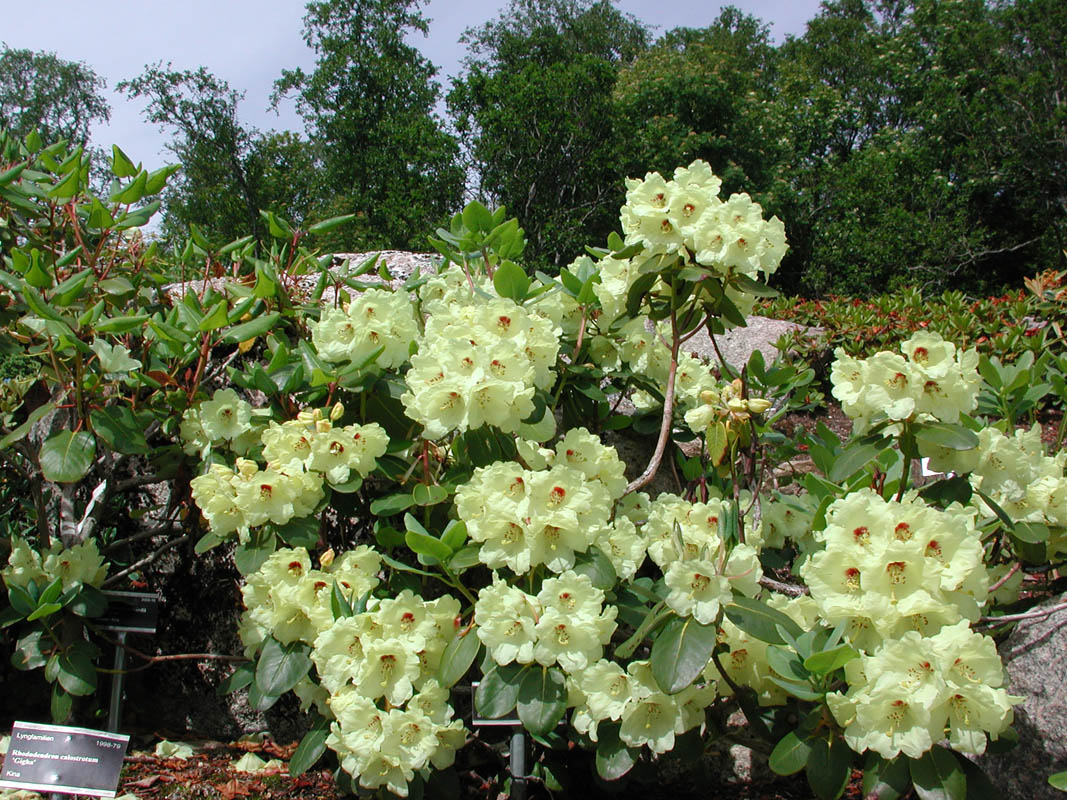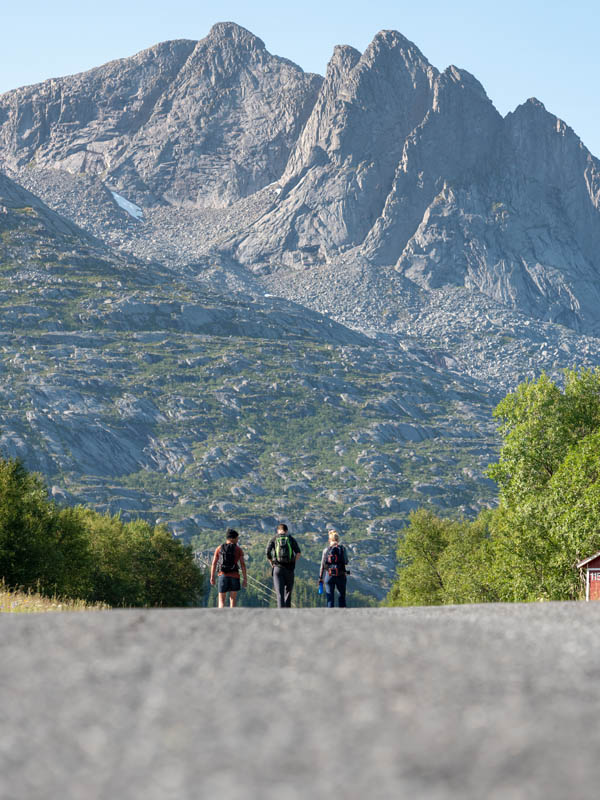Tough Africans, slippers from the Falklands, poppies from Svalbard and Himalayan blue poppies—the Tromsø Arctic-Alpine Botanic Garden is a feast for the eyes. Watch out for aphrodisiacs!
Tromsø Arctic-Alpine Botanic Garden is the world’s most northerly botanic garden, and it is located on the Tromsø university campus. Rhododendron Valley, the Himalayan blue poppies and the unique alpine garden are among our favourites, but this botanic garden is full of surprises from early spring to late autumn.
How can plants from Africa grow in Tromsø?
The Arctic-Alpine Botanic Garden in Tromsø has plants from all corners of the world, including, strangely enough, Africa. The Atlas Mountains in Northern Africa and the Drakensberg Mountains in South-Africa and Lesotho have snow, winter and harsh frost. Plants from these regions therefore like Tromsø’s climate just fine. The white-eyed ice plant (Delosperma basuticum) from Lesotho has been planted in arid rock crevices in the garden.
The Himalayan blue poppy is the garden’s mascot
The Himalayan blue poppies (Meconopsis) bloom in the middle of summer. They come in both tall and short varieties, and some are even yellow and dark red. Plants that naturally grow at an altitude of 3,000–4,000 metres in the highest mountain range on Earth thrive in Tromsø’s climate. The Himalayan blue poppy can be difficult to grow in Norway’s warmer regions, but in Tromsø, its blooming season is rich and long.
The rock garden has mountain plants from all over the World
One of the botanic garden’s most unique features is the alpine garden. Large boulders, mounds of gravel and rocks have been used to form a landscape similar to that above the treeline in Norway, the southern part of the Andes or at altitudes of 5,000–6,000 metres in the Himalayas. The most beautiful flowers in bright colours seem to grow straight out of all these rocks. There is a large collection of different types of rockfoil (Saxifraga), small, yellow slipperworts (Calceolaria) from Tierra del Fuego and the Falkland Islands, white dryas (Dryas) and our very own rhododendron—the Lapland rosebay (Rhododendron lapponicum). Speargrass, of the Aciphylla family of plants from New Zealand have thorns to protect against the moa, which is somewhat unnecessary nowadays, as the moa, familiar to any crossword enthusiast, went extinct a long time ago.
Rhododendron Valley a must-see in the early Summer
Rhododendron in Northern Norway? The Alpine rose, Rhododendron is most commonly associated with Western Norway. In recent decades, however, new types of rhododendron have been discovered at higher altitudes, such as the Himalayas. These plants are typically trailing and low to the ground, but once they bloom, they take your breath away. It is not uncommon to run into English garden enthusiasts here, as these species of plants die of heatstroke in their climate.
The bitterroot is a flashy American in the gravel
One of the most distinct alpine plants hail from the Rocky Mountains—the bitterroot. The salmon pink and white striped flowers make it look like a noble, cultivated garden plant, yet it springs forth from the gravel with almost no foliage at all. The bitterroot was discovered in the early 1800s, during a scientific expedition to the Wild West. Back home inWashington, one of the species collected sprouted in the herbarium and was named Lewisia rediviva. Rediviva means ‘revived’.
Primula reflecting in the pond
Primula come in a variety of colours, from white and yellow to dark red and reddish brown. Some bloom early in the spring, whereas others wait until August. They reflect in the pond, where white and yellow water lilies grow. Large perennials grow all around the pond. You’re welcome to walk along the flat paving stones and take a closer look.


